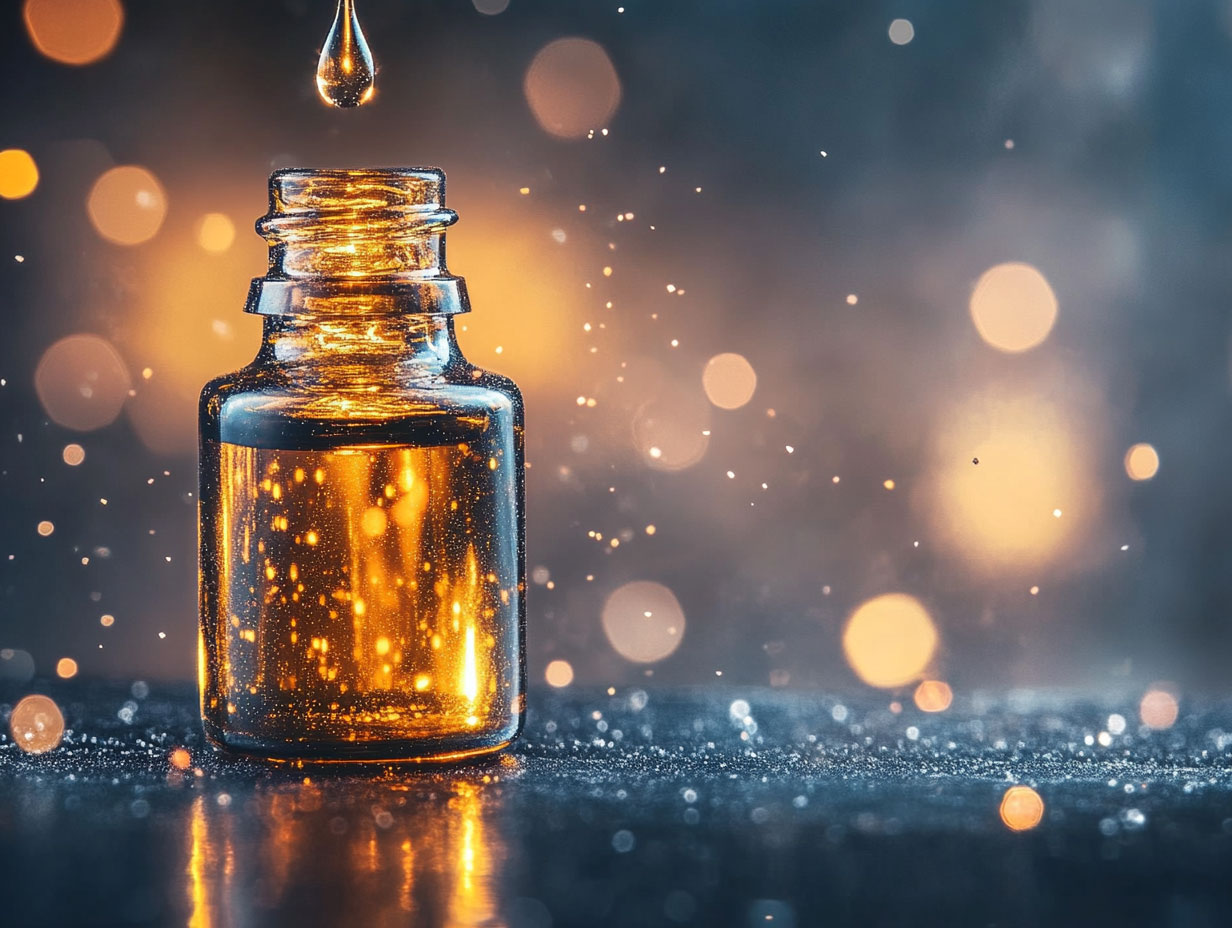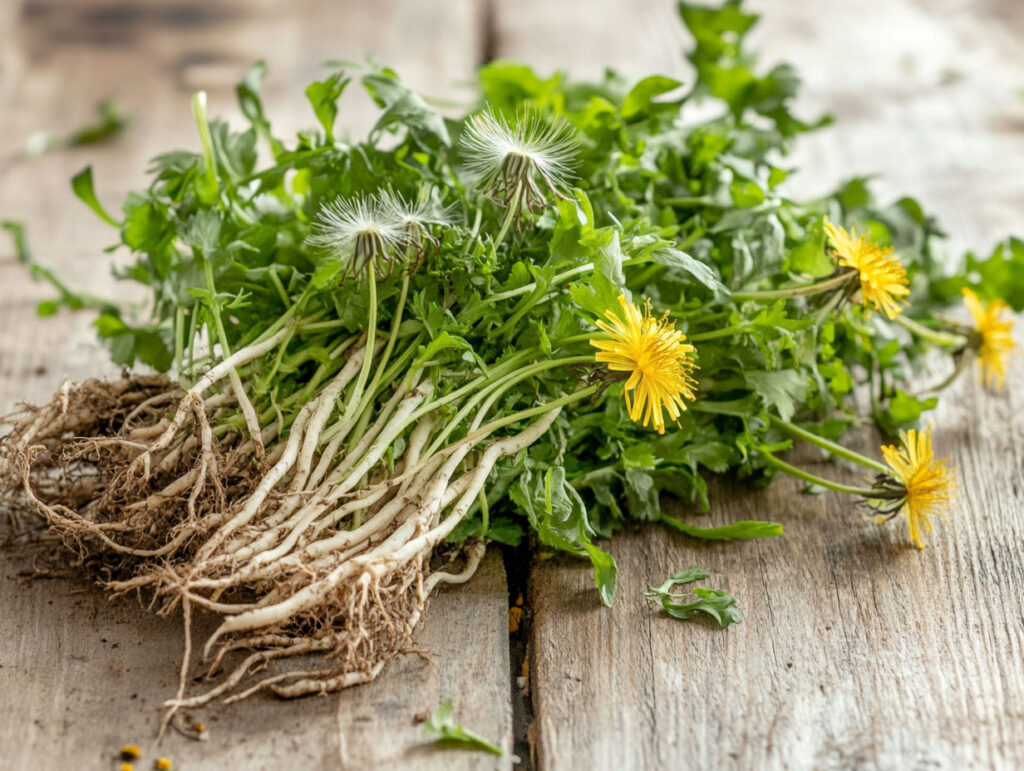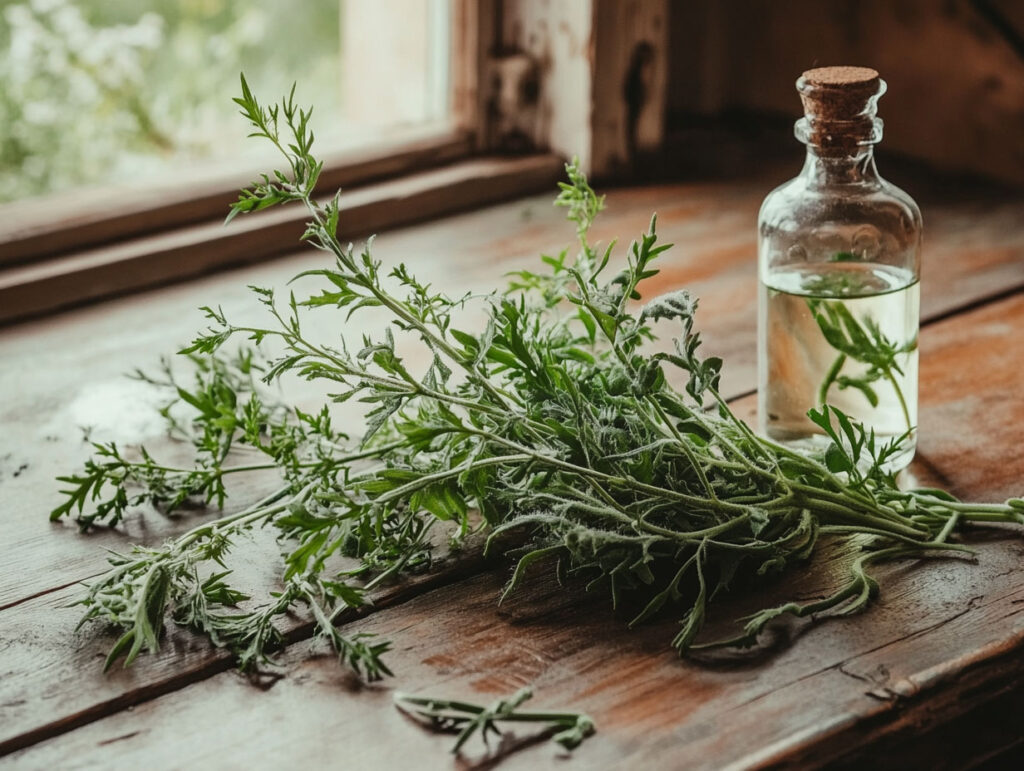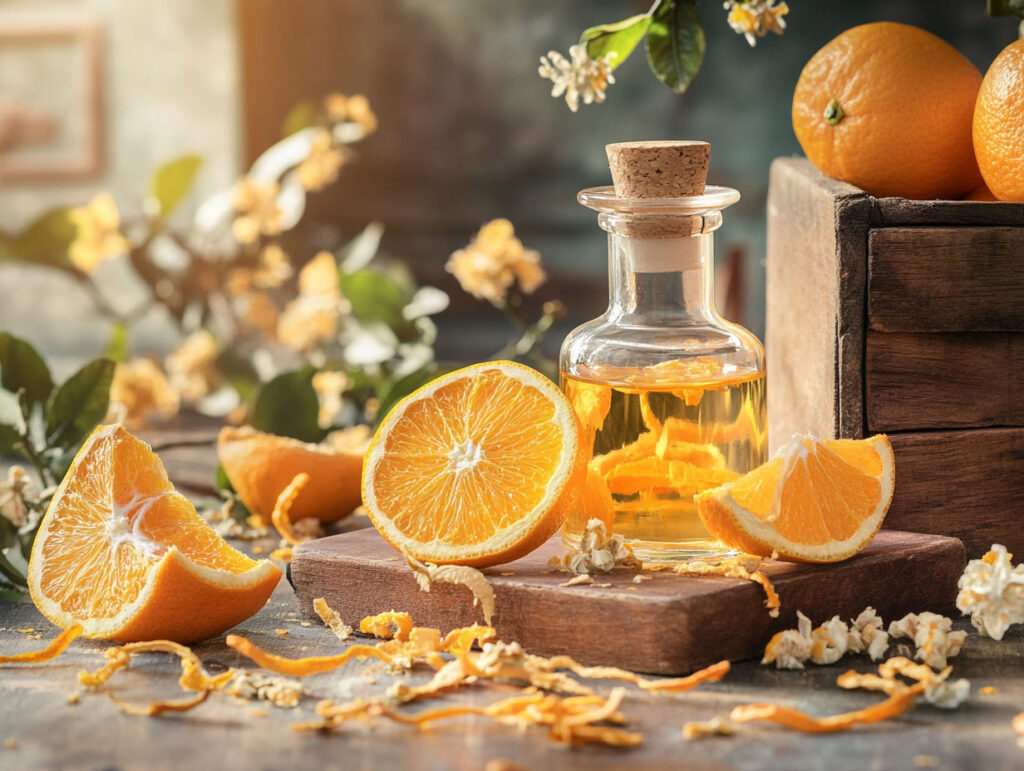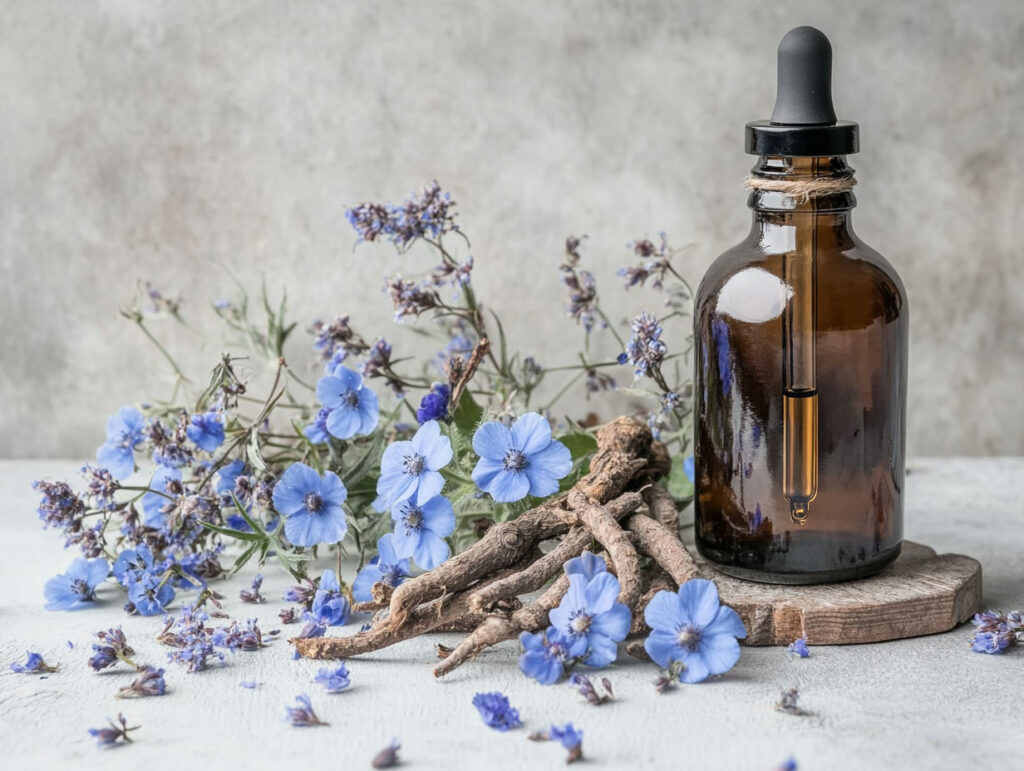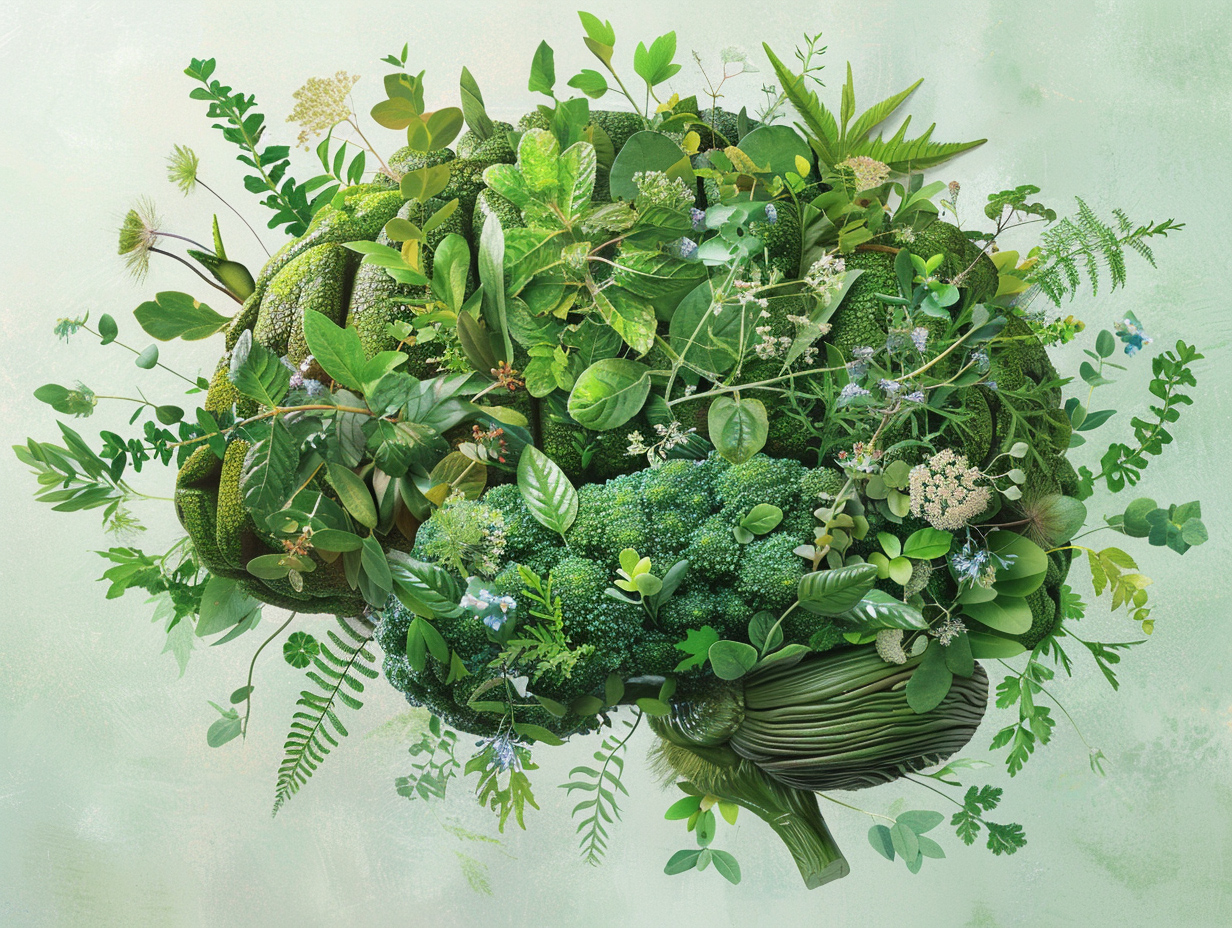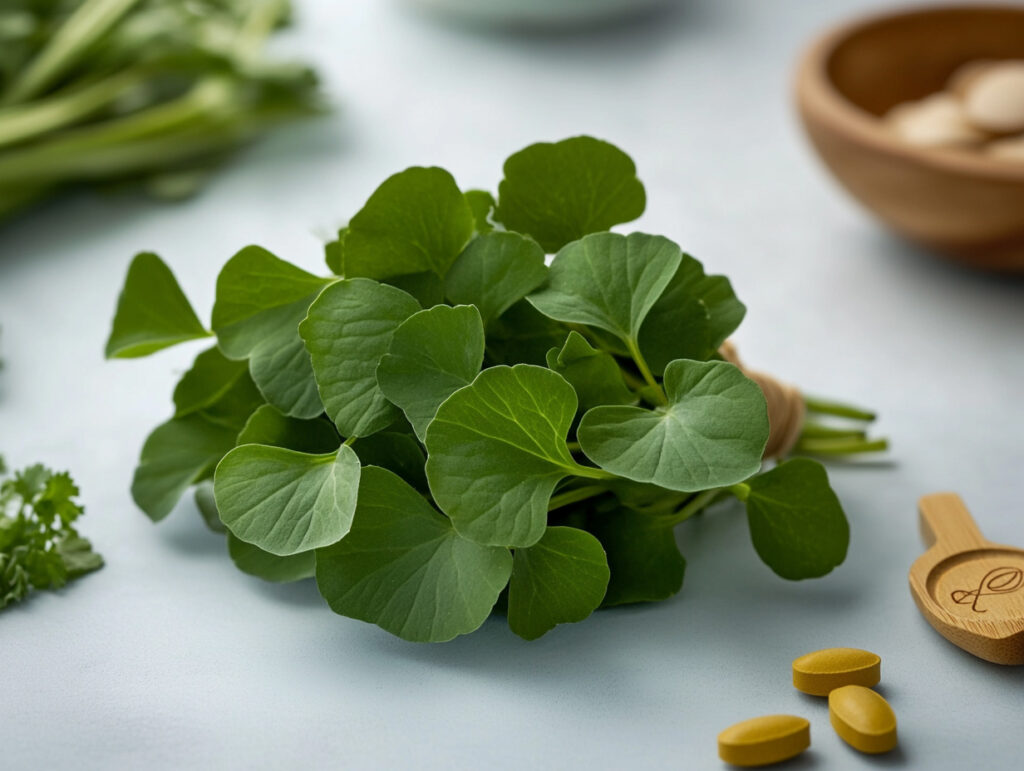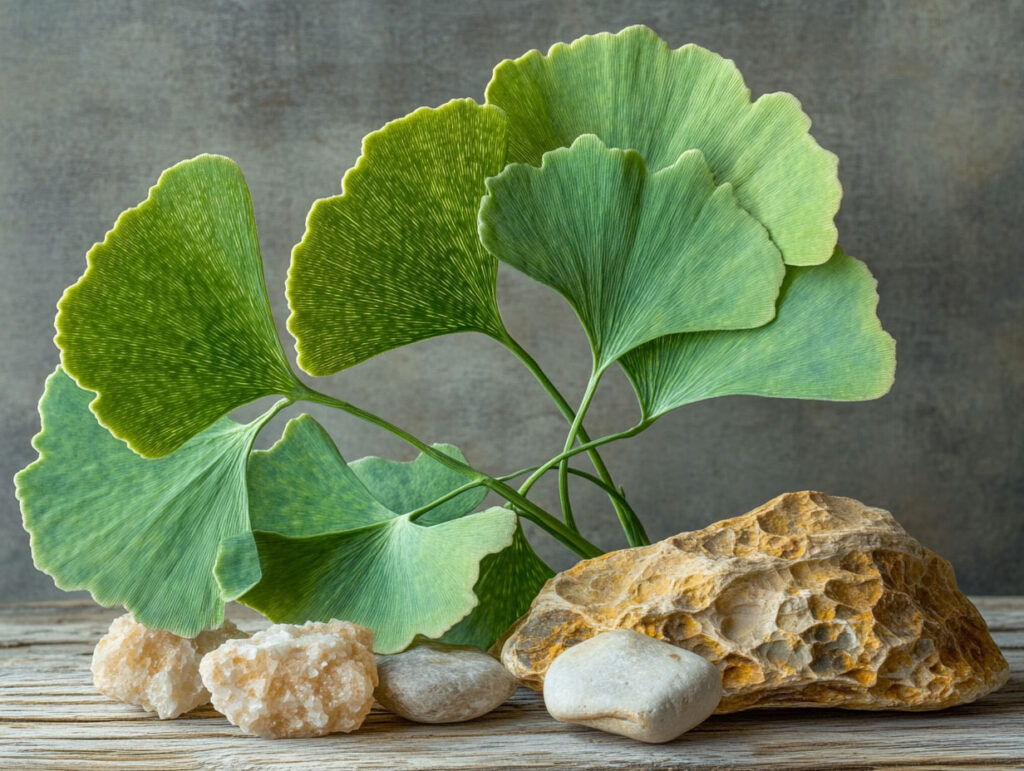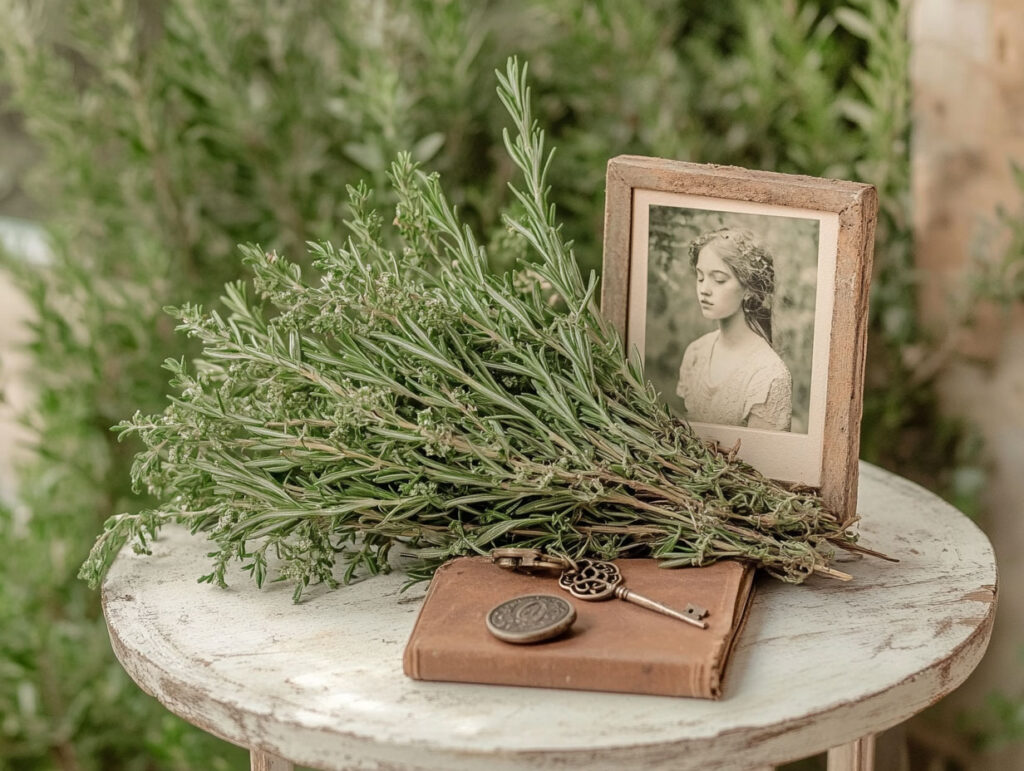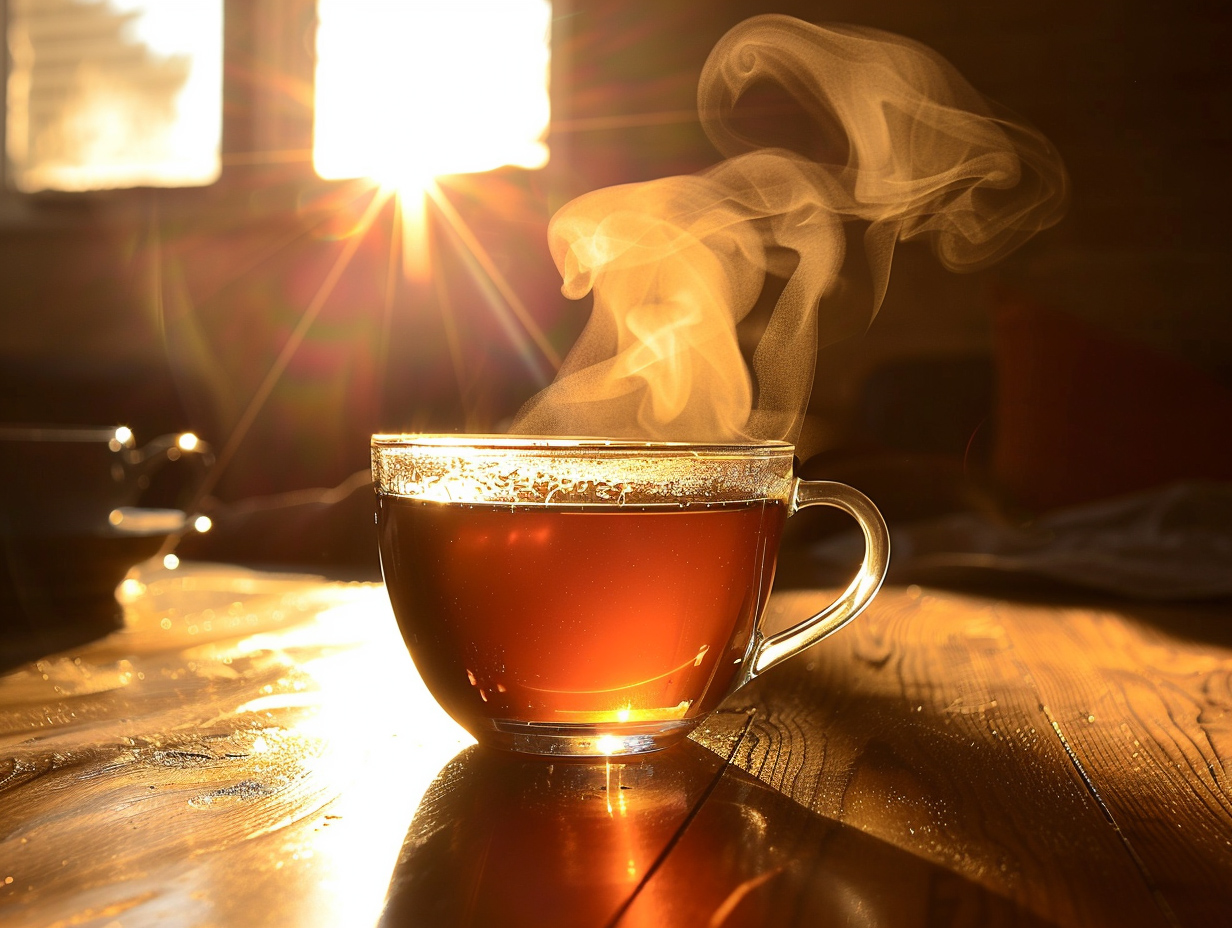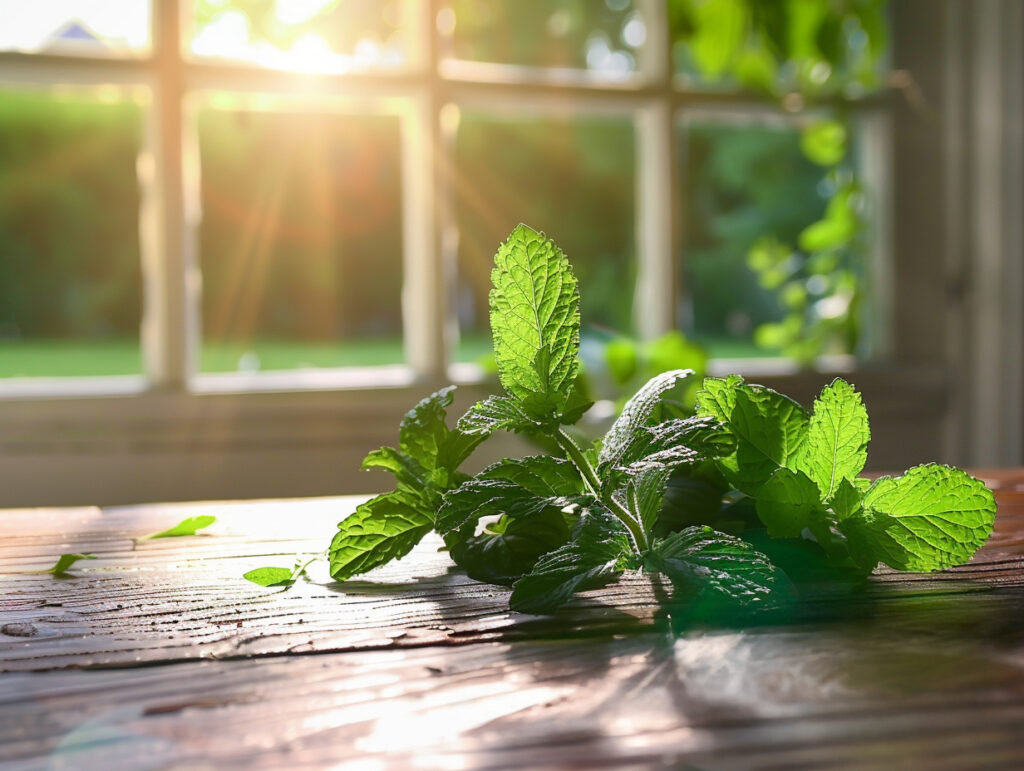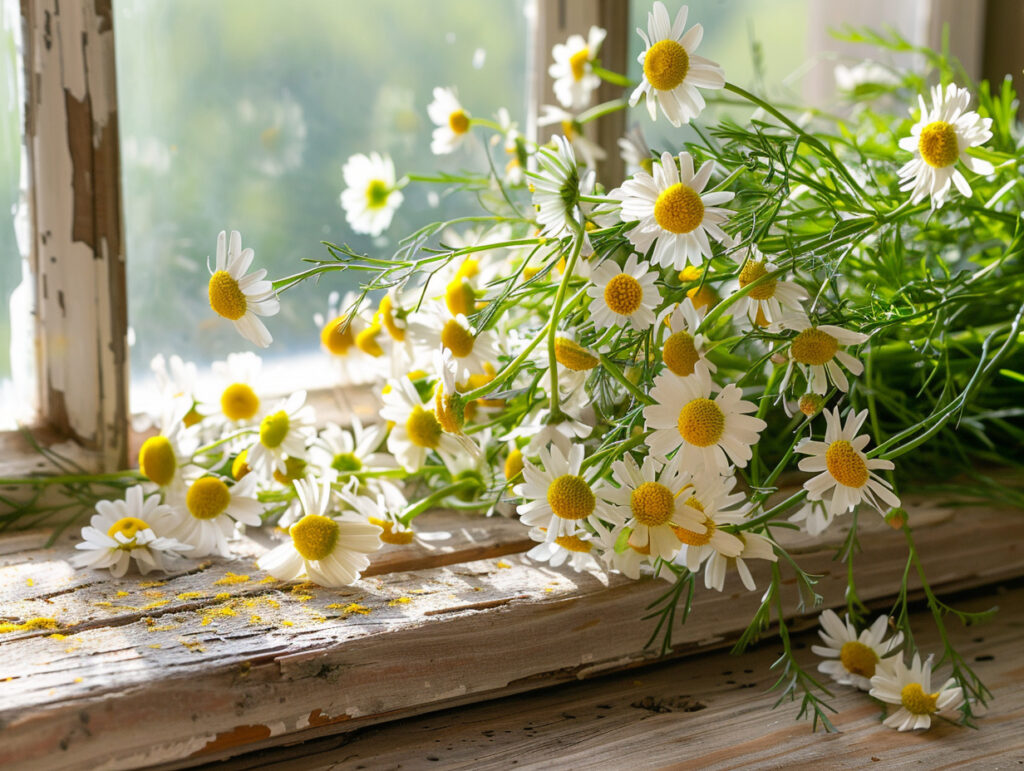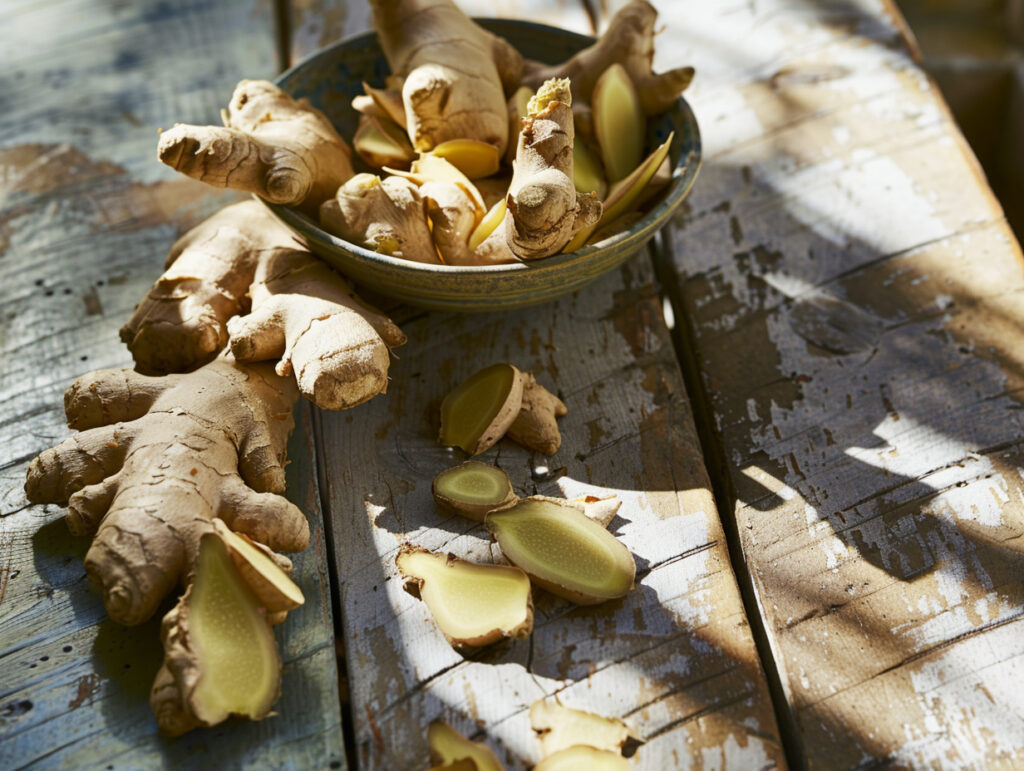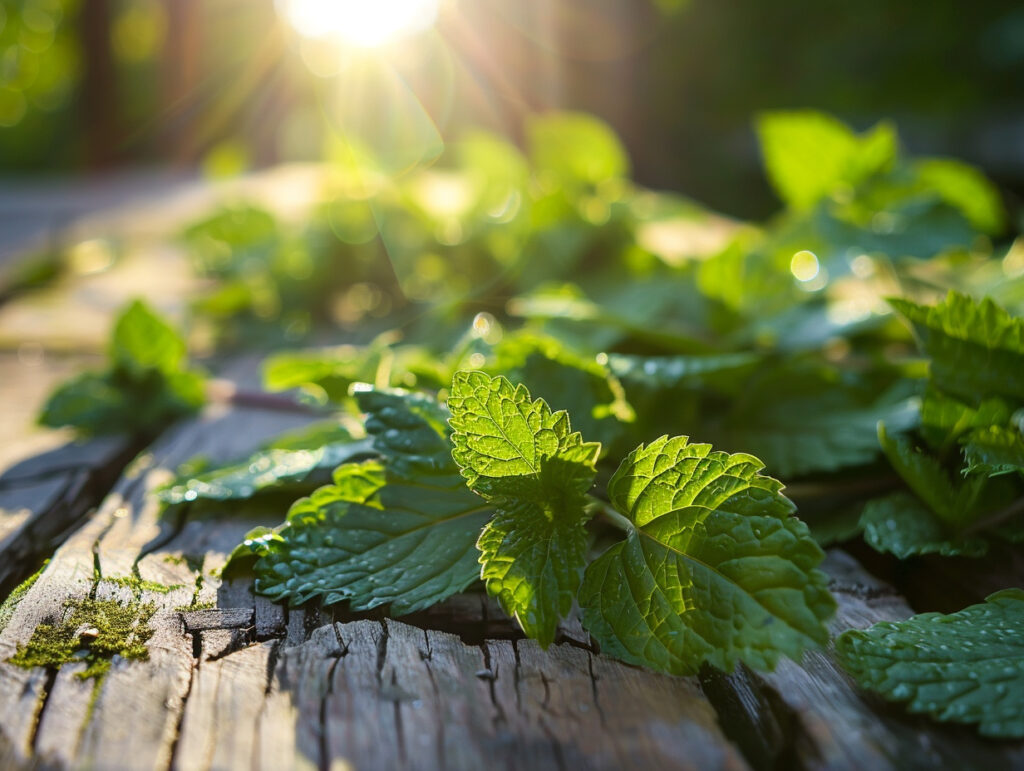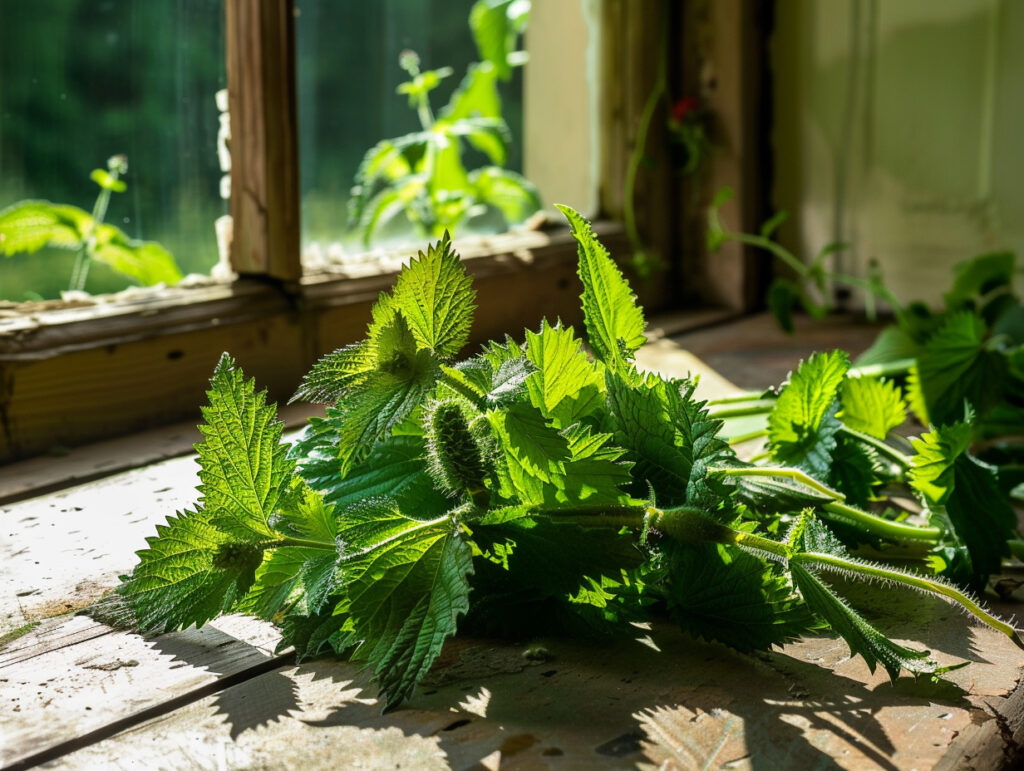“The weeds are the ancestors of whispering” – Plant Spirit Wisdom
Healing at Your Feet, No Matter Where You Are
Weeds. They grow between paving stones. Beneath hedges. At the edge of the garden where the lawnmower skips. They are overlooked, tenacious, and – more often than not – deeply healing and medicinal.
Many of the world’s most nourishing, medicinal weeds grow across climate zones, continents, and backyards – from lush forests to suburban sidewalks. You’ll find weeds in temperate, moist climates and sun-hardened soils, depending on the species. They’re familiar to walkers in Scotland, foragers in Oregon, gardeners in Victoria, and urban dwellers in Auckland alike.
The Herbal Arc of five important weeds:
- Plantain – The Protector: grounding, familiar, always nearby
- Cleavers – The Mover: lymphatic flow, gentle release
- Chickweed – The Soother: cooling, nourishing, anti-inflammatory
- Purslane – The Survivor: hardy, sun-loving, rich in nutrients
- Nettle – The Powerhouse: deep vitality, iron-rich, strengthening
From grounding to flow, soothing to resilience, and finally to strength—these plants trace a gentle arc through the body’s needs and nature’s offerings.
1. Plantain (Plantago major or P. lanceolata) – ‘The Protector’
“The bandage of the land”
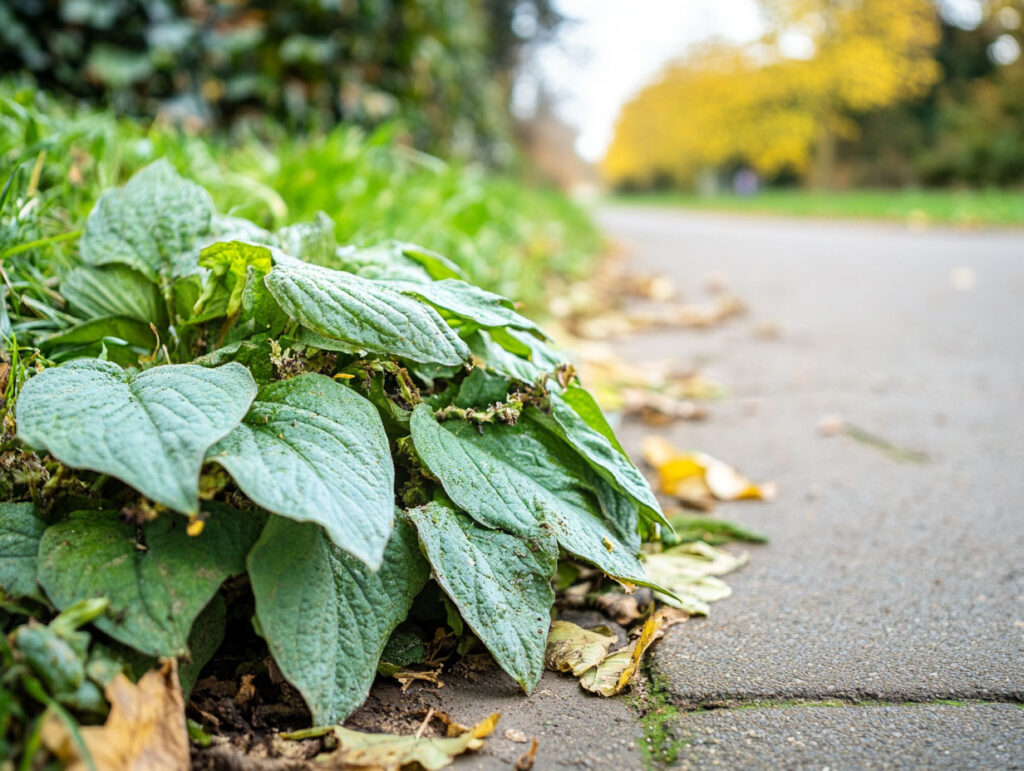
Thrives In:
- Temperate to cool climates
- Moist or compacted soil
- Lawns, footpaths, garden edges, and meadows
Common In:
- U.S. & Canada: Most regions except desert zones
- UK & Ireland: Very common
- New Zealand: Widespread in pasture and roadside
- Australia: Thrives in southern temperate regions (e.g., Victoria, Tasmania); less common in arid outback or tropical north
Uses:
- Fresh leaf for bug bites and burns
- Tea or tincture for gut and skin support
- Infused oil for first-aid salves
2. Cleavers (Galium aparine) – ‘The Mover’
“The herbal lymph mover”
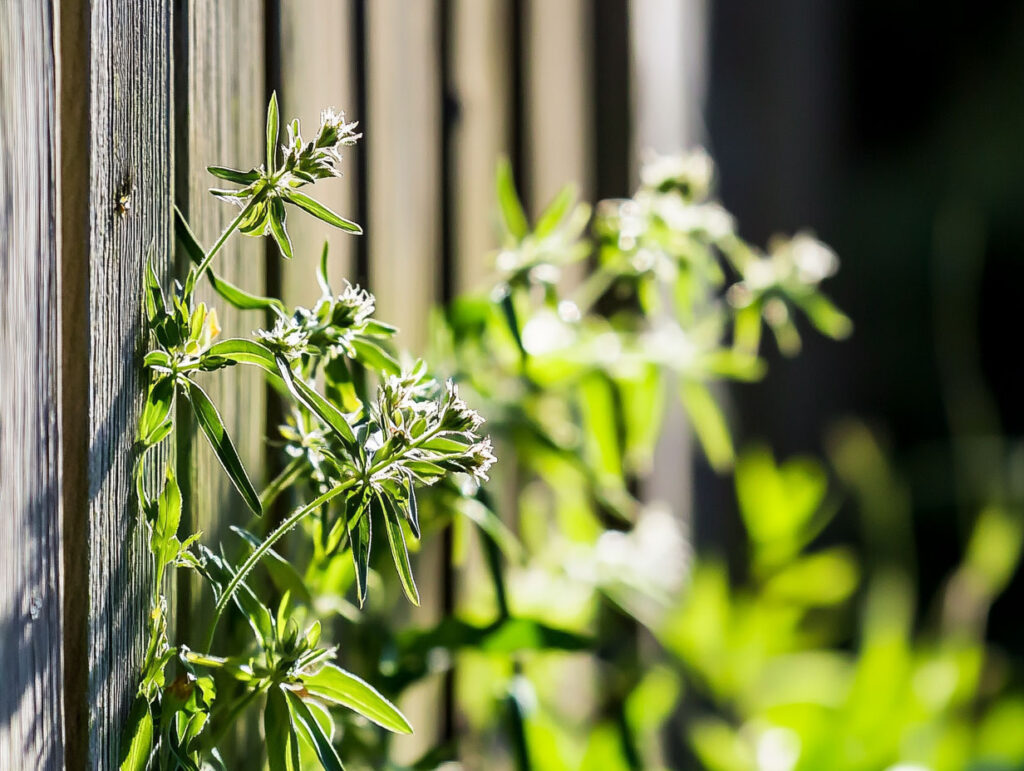
Thrives In:
- Moist, shady, mild climates
- Early spring! Dies back in summer heat
- Hedgerows, woodland edges, garden fences
Common In:
- Pacific Northwest, UK, Ireland, Southern Canada, NZ
- Australia: Grows in temperate zones (southern coastlines); rare in tropical or arid areas
- Less common in: High desert zones or consistently dry, sun-scorched regions like inland Arizona, Nevada, or central Australia
Uses:
- Fresh juice or cold infusion
- Gentle detox and lymphatic tonic
- Best used fresh – not for drying
3. Chickweed (Stellaria media) – ‘The Soother’
“The cooling green of spring”
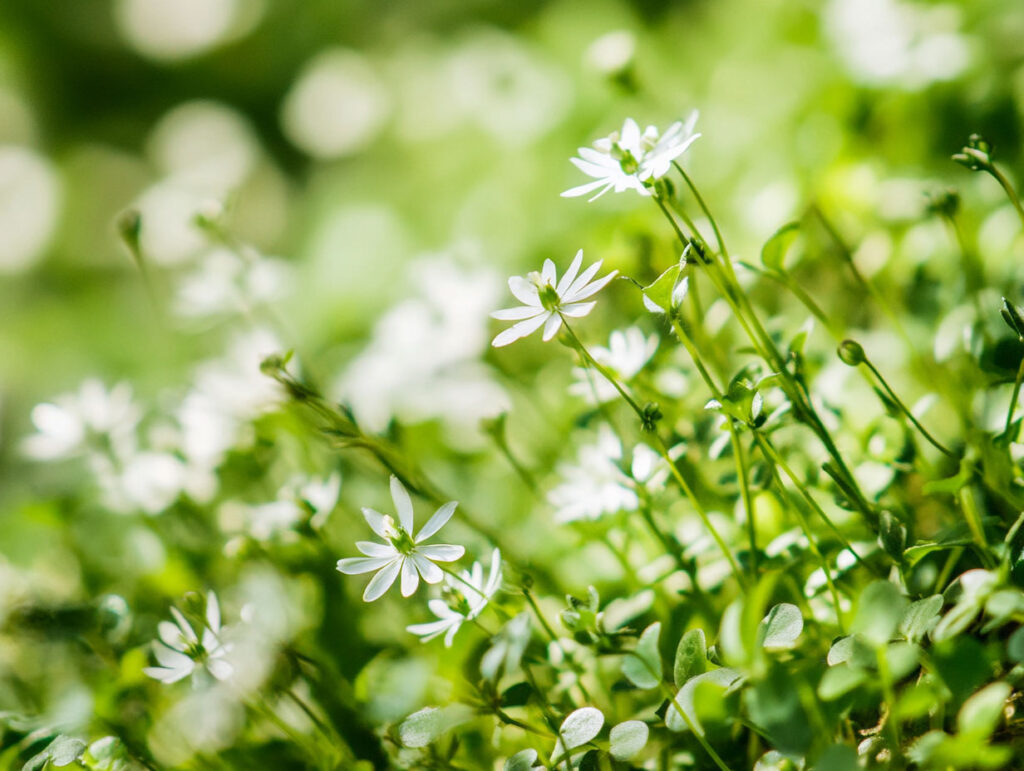
Thrives In:
- Cool, damp, fertile soil
- Mild winters and soft spring rains
- Garden beds, greenhouses, under hedges
Common In:
- UK & Ireland: Classic garden weed
- New Zealand: Found in gardens and pastures
- Southern Australia: Appears in spring and autumn in cooler regions
- U.S.: Widespread in North and Northeast; grows in Washington, Oregon, Vermont, Northern California
- Rare in: Dry desert zones or during peak summer heat without irrigation
Uses:
- Eat fresh in salads or pesto
- Soothes skin and digestion
- Can be infused into oil for itchy skin balms
4. Purslane (Portulaca oleracea) – ‘The Survivor’
“The succulent of survival”
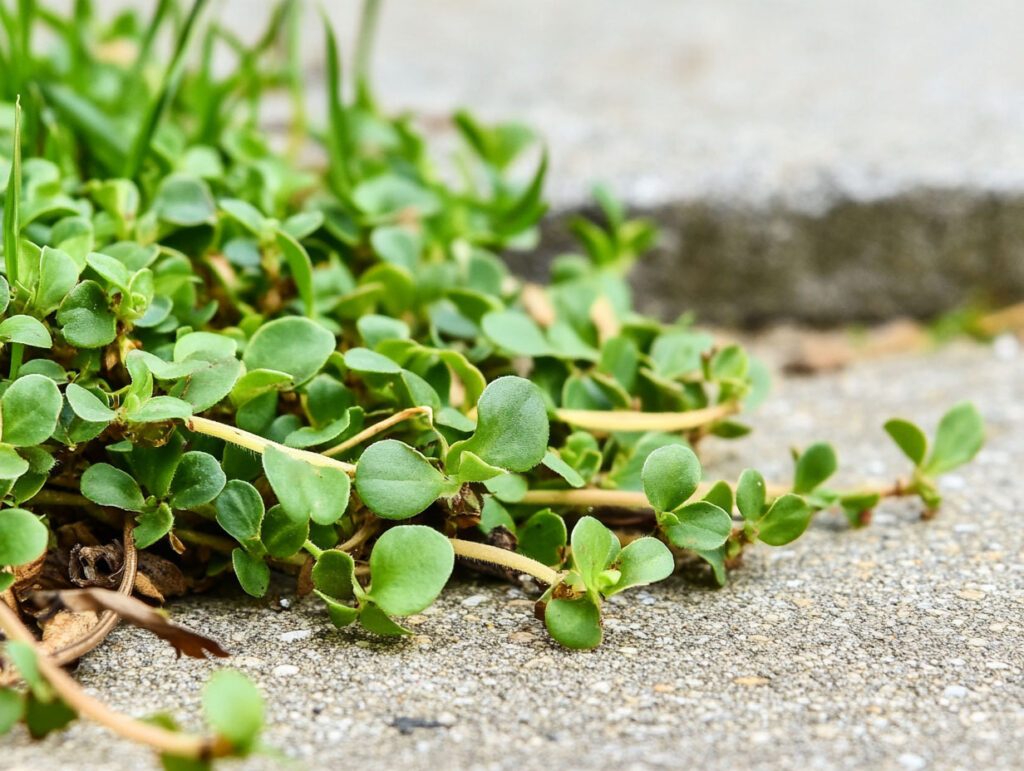
Thrives In:
- Dry, sunny, poor soils
- Disturbed ground, gravel, sidewalks, raised beds
- Tolerates heat and drought
Common In:
- Australia: Thrives across most of the country, especially inland
- U.S.: Common in California, Arizona, Texas, Midwest, Southeast
- New Zealand: Widespread in gardens and city margins
- UK & Ireland: Grows but not as abundantly—often cultivated or seen in disturbed urban soils
Uses:
- Lemon-tart edible succulent
- High in omega-3s, iron, and vitamin C
- Delicious raw, pickled, or lightly sautéed
5. Nettle (Urtica dioica) – ‘The Powerhouse’
“The warrior healer”
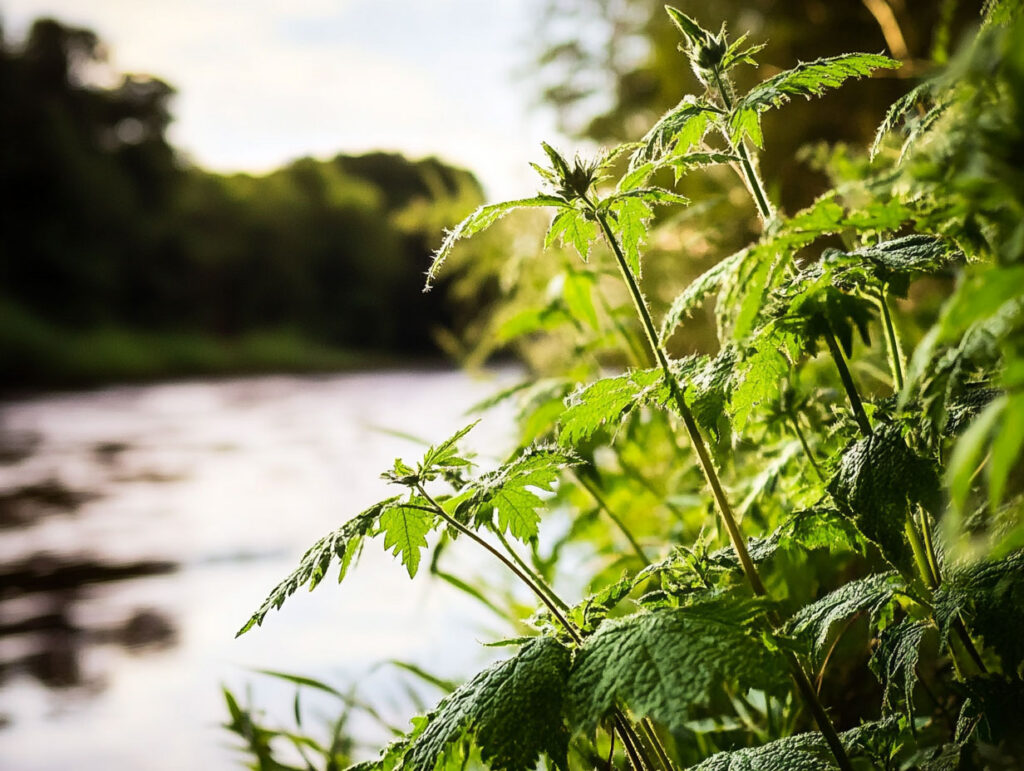
Thrives In:
- Cool, damp woodlands and riverbanks
- Fertile, undisturbed soil
- Forest edges, ditches, shaded garden corners
Common In:
- UK, Ireland, Scotland: Ancient ally – ubiquitous
- U.S.: Grows wild in Pacific Northwest, Northeast, Great Lakes region
- Canada: Found in temperate zones coast to coast
- New Zealand: Widespread near rivers, fields
- Australia: Limited to cooler, wetter southern states – Tasmania, Victoria, coastal NSW
- Rare in: Arid interior and tropical north
Uses:
- Rich in minerals: iron, calcium, magnesium
- Brewed into teas or soups
- Steamed fresh or dried for long-term use
Safety & Foraging Wisdom
- Harvest from clean areas only. Avoid roadsides, chemically treated lawns, or industrial zones.
- Learn plant ID carefully. Use apps, guides, or local foraging groups to confirm your finds.
- Start slowly. Introduce new herbs one at a time and notice how they feel.
- Harvest ethically. Always leave enough for the pollinators, the soil, and the next wanderer.
Conclusion: The Wild is With You
These herbs don’t need a fancy garden or imported potting soil. They grow with us, among us, often in spite of us.
To walk through your neighborhood or countryside nearby and learn to recognize them is to reclaim ancient knowledge.
So next time you spot something growing in a crack or along a fence, pause and wonder:
What weeds might be whispering to you? And are you ready to listen?


